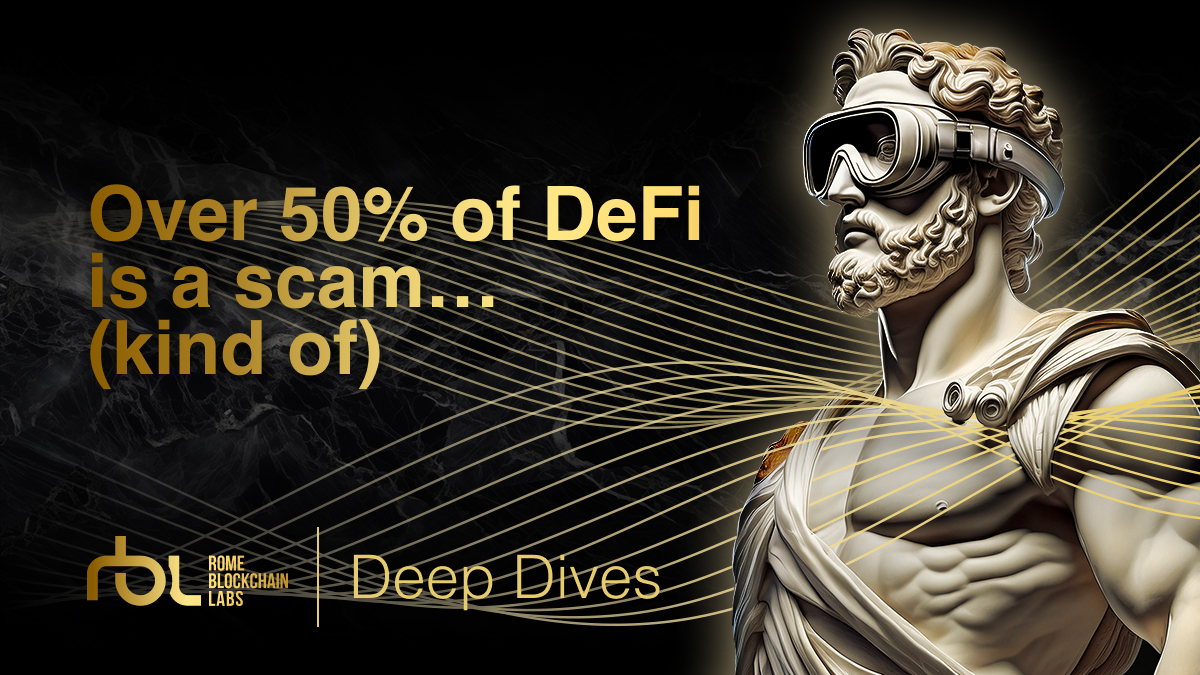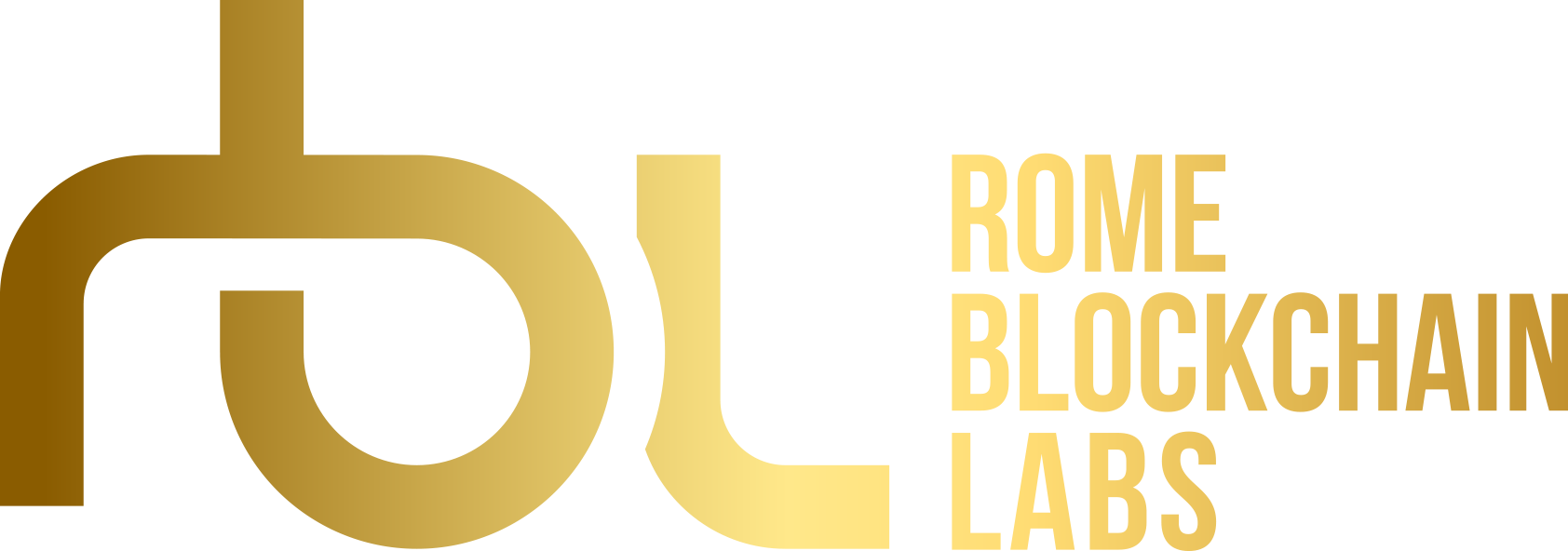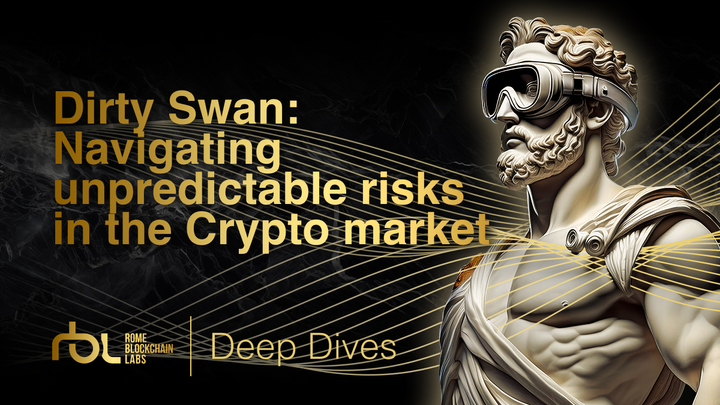Over 50% of DeFi is a scam… (kind of)
We wanted to know how many token pairs had the exact same tickers. When we ran through the numbers, what we found was shocking.

Back when I started in decentralized finance (right before DeFi Summer), the very first project that I bought into was a scam. It had a legitimate looking website, a decent enough token utility (sports betting), so I tossed a couple thousand dollars into the service. At the exact moment that I submitted my transaction on my mobile wallet, the website went blank… After checking some Telegram groups it came to light that the project had just rugged! I looked at my phone and the transaction was still pending. I panicked and looked everywhere to try and cancel my purchase, but cancellation was not built into the app so there was nothing I could do. Leaning back in my chair and exhaling in frustration, I watched my funds go down the drain. After about 20 minutes however, I got a notification that the transaction had failed and I still had all of my money! I began laughing hysterically at how lucky I’d been that gas prices spiked right when I sent my transaction on-chain. That tense experience was my first moment in DeFi and I haven’t looked back since.
With this memory in mind, I wanted to take the information that we’ve been gathering at Rome Blockchain Labs (RBL) and put it to good use. Unbeknownst to most people, our team has built a kick-ass data service. RBL Net is so kick-ass that we can supply liquidity, swap, and money market data on over 1,000,000 pairs in just 1-2 seconds. Given this data capacity, I worked with my team to formulate a research topic that would help prevent new traders from making the same mistake that I almost did. The goal of this research was to determine the number of fraudulent/duplicate pairs ever created in 3 of the top decentralized exchanges (DEXs) - UniswapV2 and UniswapV3 on Ethereum and PancakeSwap on BNB Chain.
In other words, how many token pairs have the exact same tickers. For those of you who do not know, a ticker is the short, capitalized acronym used when trading a token. U.S. Dollar Coin has the ticker of USDC, for example. On most DEXs, trading pairs are seen as ABC/XYZ. Due to the nature of decentralized protocols, anyone can create a token, list it, and market it which means that scam projects have an (almost) level playing field with legitimate builders. When we ran through the numbers, what we found was shocking.
Results
*Uniswap V2: 2020-05-18 Uniswap V3: 2021-05-04 PancakeSwap: 2020-09-20
Discussion
Our laboratory found that of the 9,303 active pairs on these 3 DEXs, 451 (4.8%) active token pairs include a token with the same token symbol but a different token address.. “Active” means that they have been traded or had liquidity moved in the past 24 hours. When disregarding pair activity status, this number jumps to 534,410 (49.3%) of the 901,566 pairs that have been in any of these top 3 DEXs. These results excluded obvious non-scam tickers such as TEST, BURN, and variations of them. While a handful of tokens may have been legitimate projects, we found the number of tokens which were actual tests skewed the results to a greater degree.
This is in line with attempted bait-and-switch scams where bad actors will create, seed, and trade tokens with tickers identical to real tokens at their launch date. Mimicking the ticker of a legitimate pair attempts to capture real assets in exchange for fake tokens from unaware traders.
A cross-network example of this was a fake listing of BENQI’s token $QI on Uniswap V2 on the Ethereum blockchain at the same time the legitimate $QI token launched on the Avalanche network. Note the “Pool created” heading and the “Total Supply” of each pair. You can interact with these pairs directly at the Rome Terminal by clicking on the photos.
Since this research used token symbols to count the number of iterations of a given pair, any pair with the same set of symbols was considered a duplication. However, not all duplications are guaranteed to be fraudulent. It was found that there may be some legitimate tokens that use the exact same symbol as a completely different pair. For example, one of UniswapV2’s duplicated active pairs is WETH/TINU but they are not direct copies of each other; TINU is the symbol for Tama. Inu, Tresor Inu, Turtle Inu, and even more differently named pairs that are no longer active. Meanwhile, out of the 5 versions of one PancakeSwap’s most duplicated active pairs, Google/WBNB, 5 are named GoogleFinance and were likely created with mal intent.
What this research demonstrates is that most scam activity is opportunistic. This means that scam pools are most active during the initial, seeding stages of a new token. Activity then dies off as market attention normalizes around the legitimate pair.
Comparing the twenty-four-hour volume of pairs was a good indicator two years ago, but is no longer a trustworthy indicator of pool legitimacy. Blockchain 3.0 networks have such low gas fees, some being below 1c, that scammers can spend thousands of dollars to mimic hundreds of thousands in organic volume. Some DEXs use pre-set token lists, but as many traders attempt to purchase a token right at the listing, it’s far more common that the targets of scams will go by the ticker or a contract address directly.
If you are a new protocol founder, Rome Blockchain Labs recommends these best practices for new projects listed on decentralized exchanges:
- Give a direct link to the liquidity pool for trading from your website and all official communications. Twitter, Telegram, etc. - Warn potential traders not to follow links from external sources or to trade based on the ticker symbol. - Communicate which exchanges will receive protocol liquidity so that market movement (price impact + slippage) is minimized and scam pairs are more easily avoided.
Assisting communities in avoiding scams not only protects trader funds but also demonstrates goodwill towards the market at large. By extension, this reflects highly of project founders to the ecosystem leaders and future investors. To experienced DeFi traders, you likely know how to avoid these scams but new traders do not have the experience that you have been able to gather. Share this if you’ve found it helpful and follow my Twitter for more upcoming Web3 insights. Stay tuned for future work where we look further into this activity to understand how timing and liquidity factor into scam project launches.
Good luck to the DeFi community and happy trading!
Methods
All data was obtained from RBL Net. More information on this informatics network can be found here:
https://romeblockchain.com/rbl-technologies-net
Pairs with NULL values as either token symbol or pair creation date were excluded.
Token symbols with any variation of “BURN” or “TEST” were excluded.
Token symbols and addresses were used to identify pairs with duplications. Any token with more than one address for its symbol was considered part of a pair with duplication(s).
The number of duplicate pairs was calculated by taking the total number of duplicates and subtracting the number of pairs with duplications.
An active pair was defined as a pair without a NULL last 24-hour USD volume.



